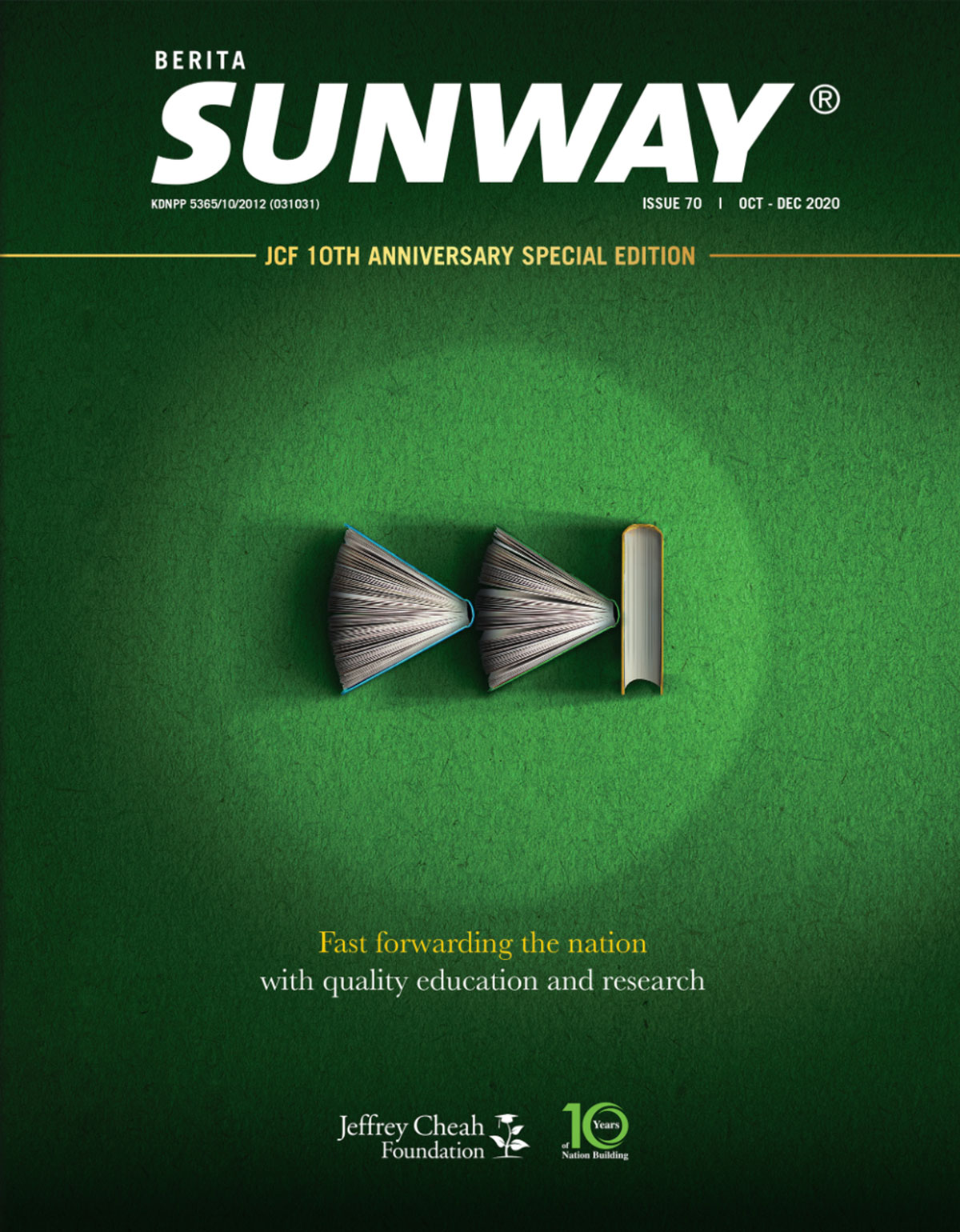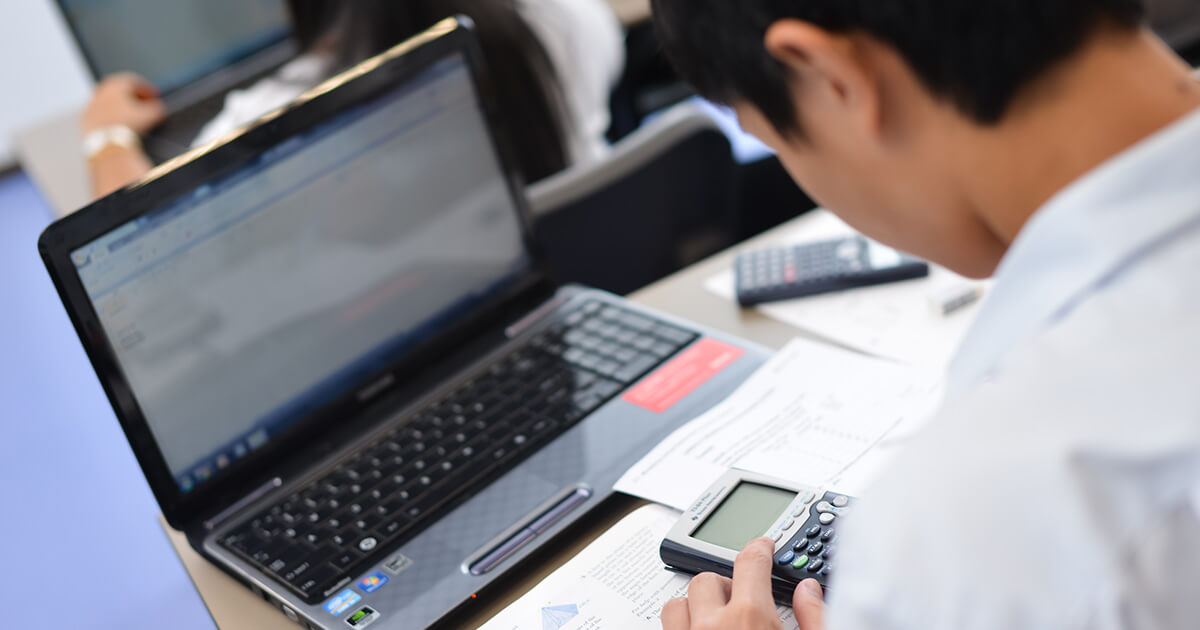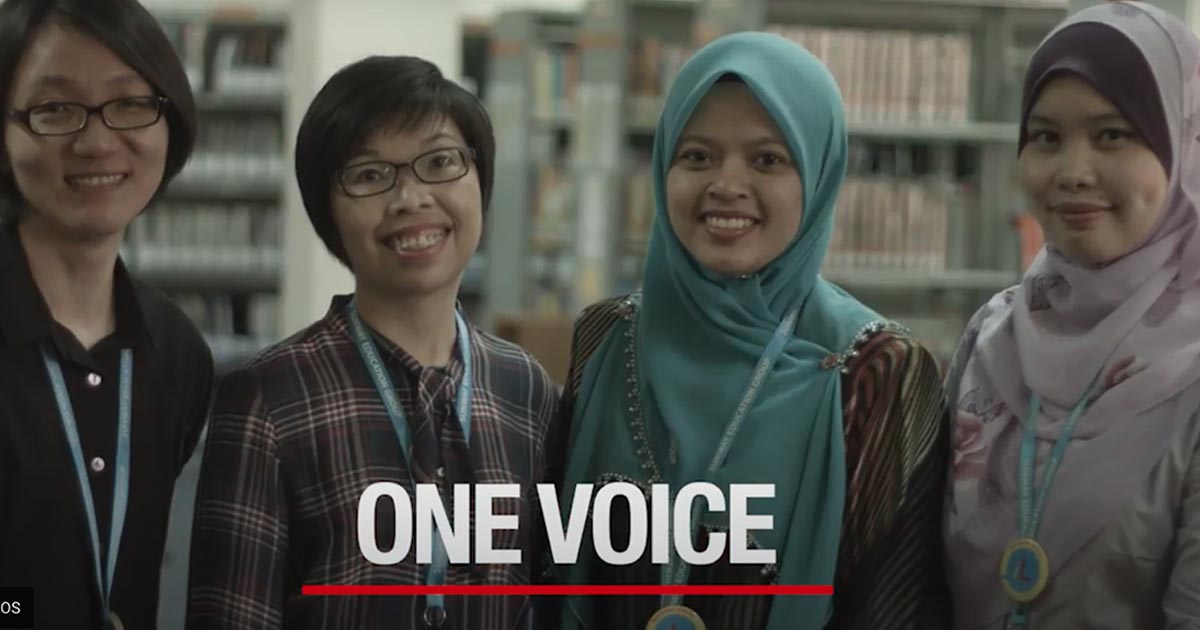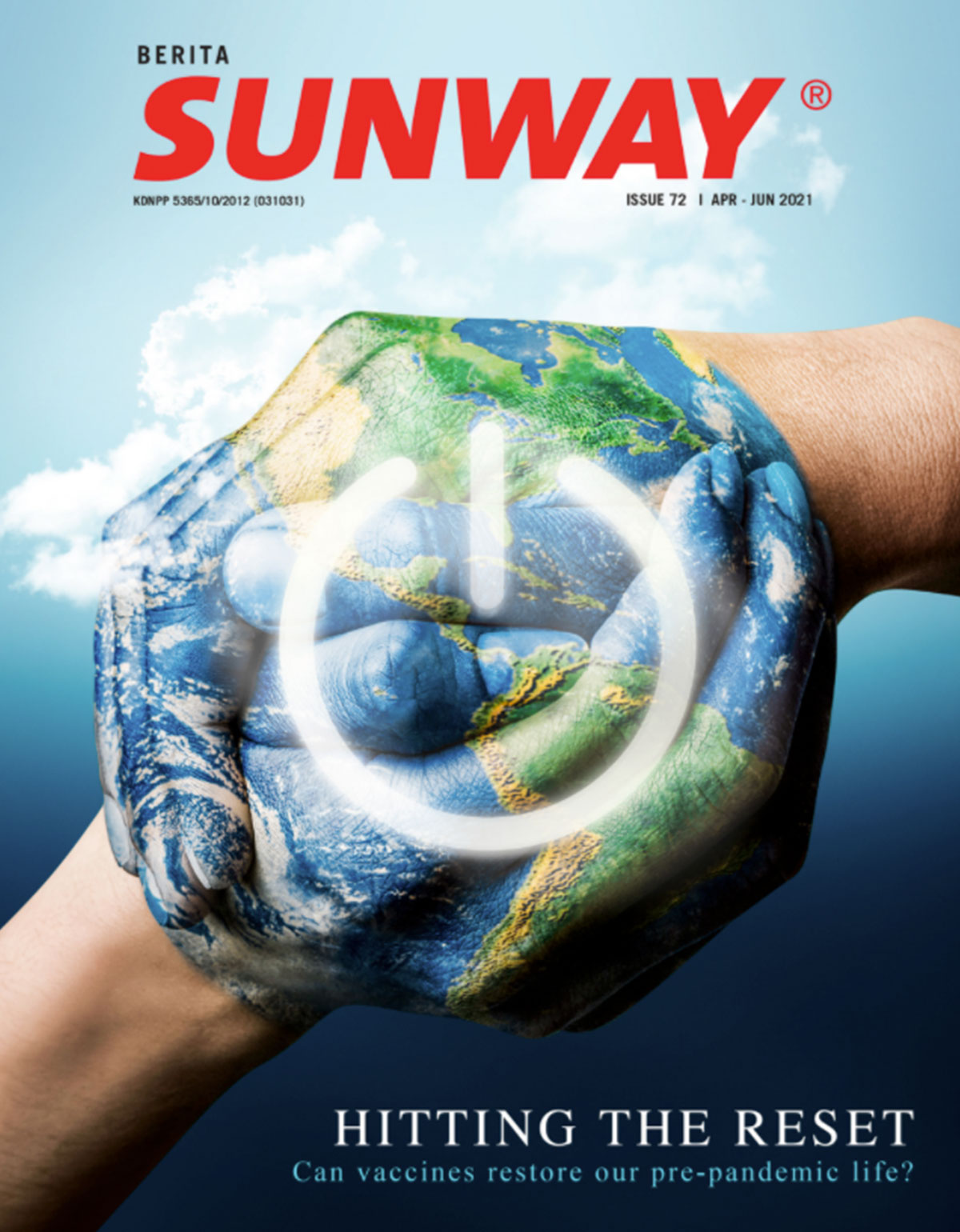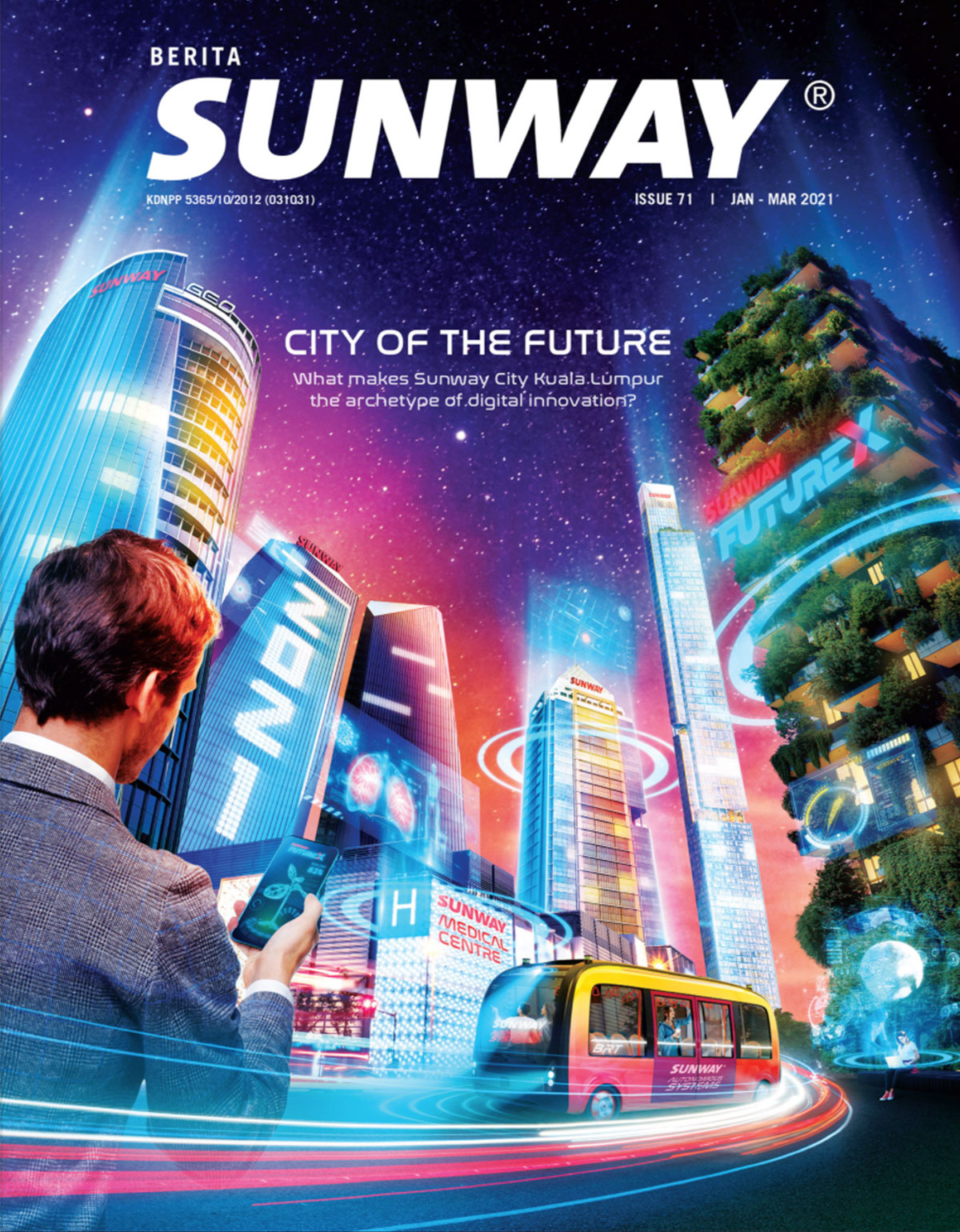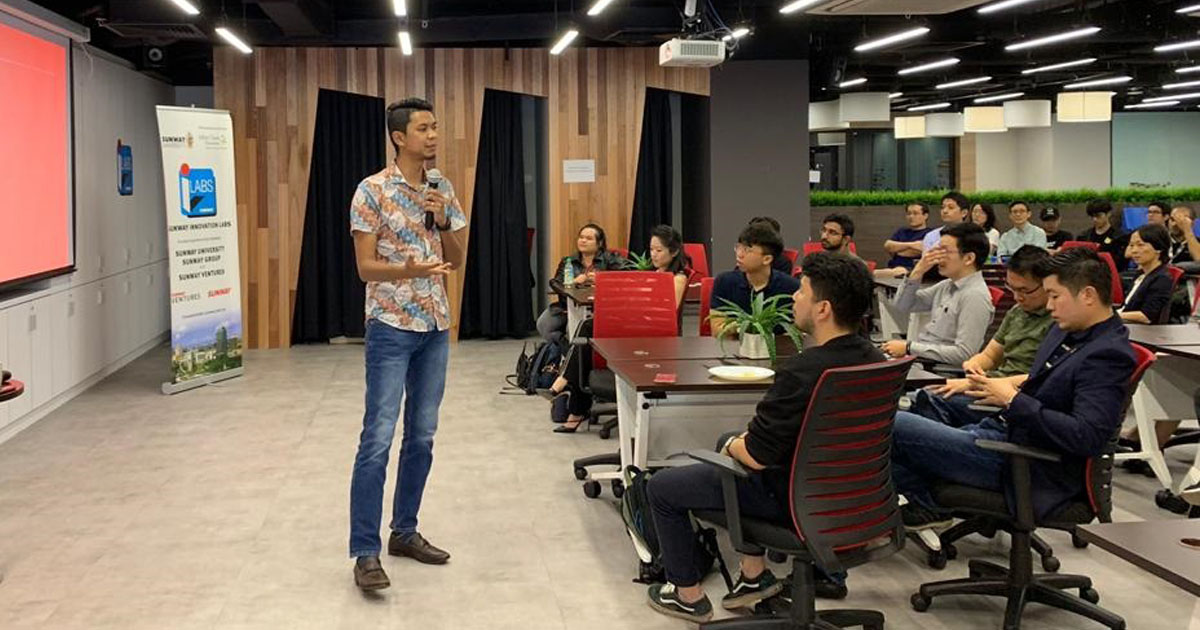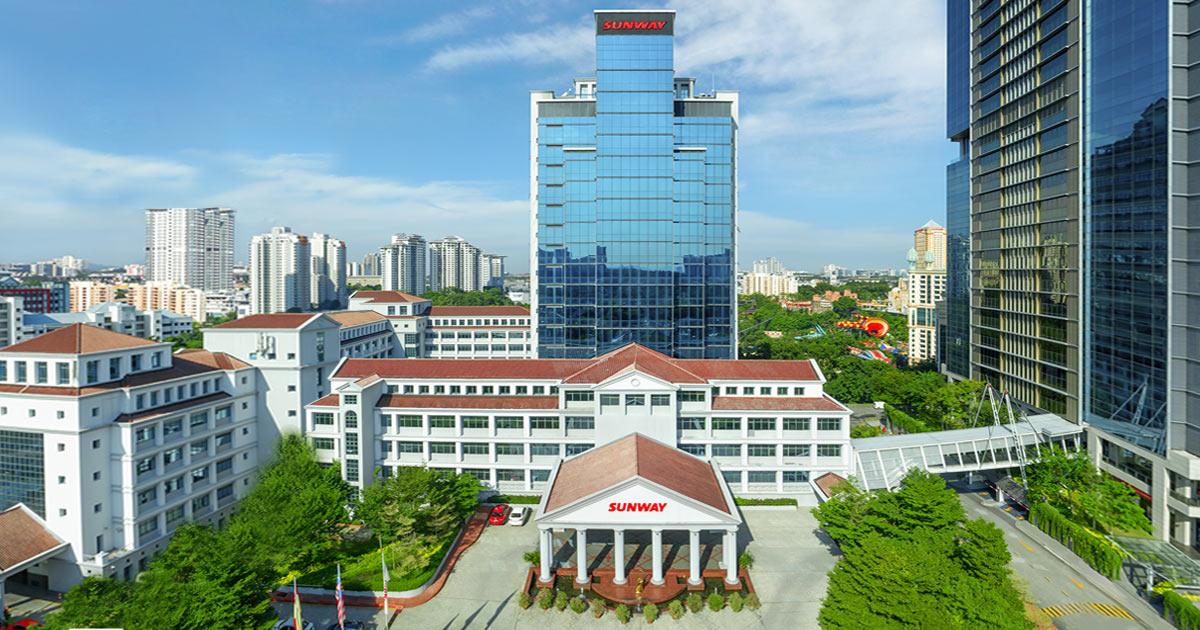The Great Digital Divide
On Wednesday, 11 March, the World Health Organization issued a global alert about COVID-19. The declaration effectively set in motion a chain of events that brings the globe to a near standstill; in addition to a travel ban, most cities ratchet up social distancing mandates that impose strict restrictions on local movements and activities. Gatherings are forbidden; businesses are shut down; schools are shuttered; residents stay home, all in hope of meeting the vaunted goal of – what public health experts call – “flattening the curve”, and the fight continues.
In many ways, the phenomenon is not unlike a dystopian sci-fi plot. Dedicated in playing its role of the antagonist, the coronavirus is quick to turn everything far grimmer than anticipated. For one, its nefarious nature and high speed of transmission have left a trail of medical and economic devastation in its wake. Though more and more is being learned every day, the world at large is still operating in an atmosphere of pervasive uncertainty, with far more questions unanswered than answered. And for teachers, students and parents in particular, a contagion of such a high order has raised a special concern.
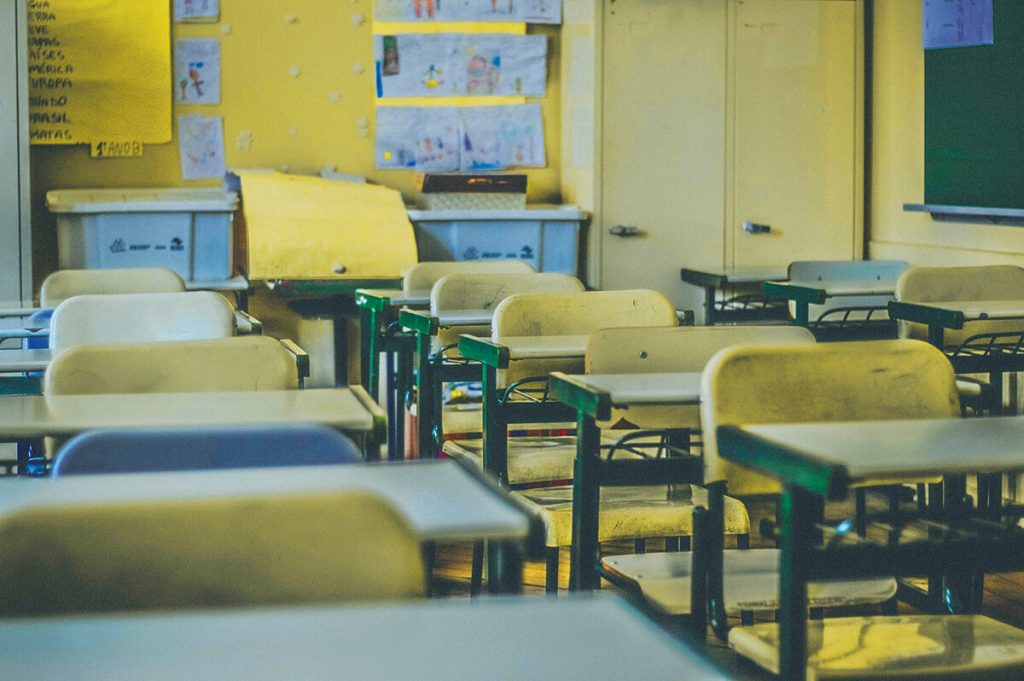
The Perils of Remote Learning
According to Khazanah Research Institute, school closures since mid-March have suspended formal classroom learning for around 4.9 million students in pre, primary and secondary schools throughout Malaysia. The education structure that has been adapted and honed for decades seemed to have crumbled overnight. To fill that vacuum, educators and institutions have hastily switched gears into remote learning – though the process is far from smooth. To begin, the absence of a national strategy or comprehensive testing means school districts are left to craft their own approach. Teachers have been working mainly by observation and anecdote, trying small interventions to migrate textbooks to the codex: configuring Zoom, setting up Internet campuses and live streams, developing online curriculum; all but fumbling through a series of trials and errors to create virtual classrooms with whatever medium available.
Concurrently, extra effort is also required of participants on the receiving end. Students in quarantine are expected to display a mature level of independence and tech-savviness to retrieve their lessons on multiple digital platforms and complete assignments with minimal oversight. Parents with younger children, on the other hand, are to moonlight as full-time technical assistants and presumed enforcers, all while juggling their jobs and the full spectrum of parenting. Even then, the little ones may only be sparingly watching the screen during these online sing-alongs and circle time hosted by their kindergartens and day-care centres. Understandably so, considering their limited attention span and e-learning capabilities.
For the learners of advanced age groups, studying in silos has proven less effective as well. As the pandemic-era explosion of online reading groups illustrates, most of us need others to help us understand, to articulate and repeat ideas in ways that make them stick in the memory, and to stay engaged. “Distance learning” may very well be a euphemism for “no learning” under the circumstances. After all, thinking is rarely accomplished in solitude.
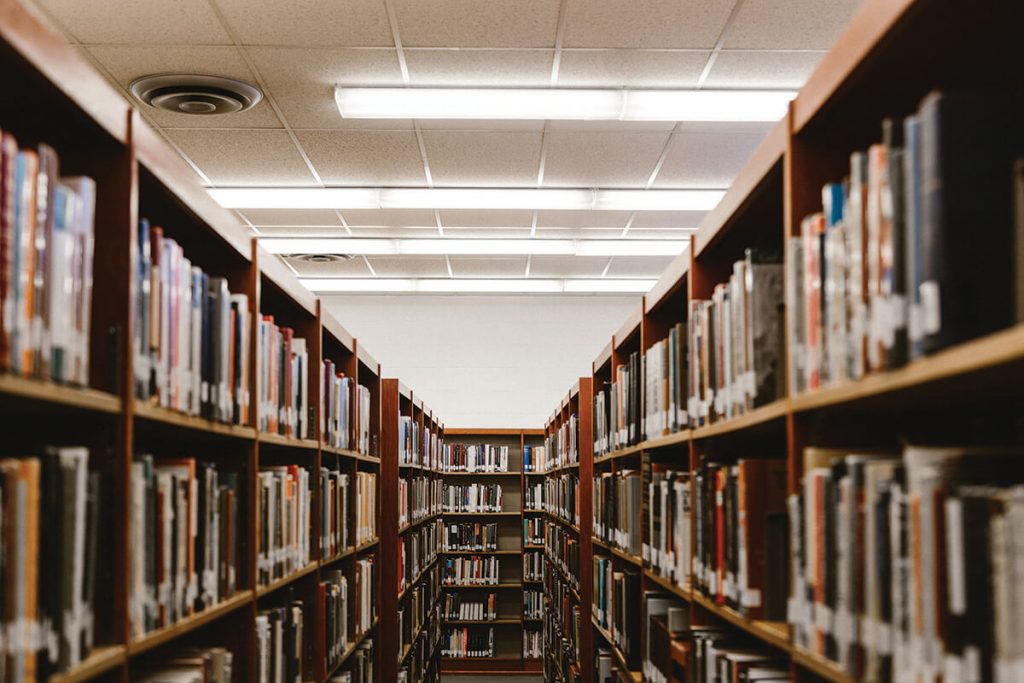
Education Inequality Intensified
With all the bright points of learning tech, attempts to ensure that what was delivered onscreen is worth as much as what students would have received in a brick-and-mortar classroom is still patchy at best. Naturally, the stories will only be worse for the underprivileged and the marginalised. For these populations living closer to the edge, this season sees the multitude dealing with the issue of fallout, mainly caused by poverty, lack of broadband and a host of other resources.
Findings from a nationwide survey by the Ministry of Education (MoE) indicates that out of 900,000 students, 37 percent lack any appropriate digital devices. At the same time, only six percent to nine percent own computers and tablets respectively. Even if a household has a digital device, many may be shared by more than one student and by parents working remotely. In pockets of concentrated poverty those rates can be more drastic still. Through no fault of their own or of their families, students in these vulnerable communities just fall off the grid, having been robbed of their means of education, which in turn will translate into deeper losses of lifetime earnings.
Compounding these difficulties, these kids stand to lose more than just academic progress in this uncertain interim. School, to some of them, is a support for their most basic needs; it is their source of food and shelter, or where they seek refuge from violence, addiction, abuse and other forms of family dysfunction. The stakes, for these fragile ones, could hardly be higher, being more susceptible to stagnation, regression and overall deterioration in the body and mind than their advantaged peers. Time is precious, and what is lost now might not be so easily recovered. As school receded further and further away, their lives, already upended, are now crippled.
Like every catastrophe in the past decade – once excavated, has turned out to be laid over an underlying structure of inequality, and to have adapted its contours – COVID-19 is on the way of becoming a “disparity disease” as well which would follow the well-worn tracks of poverty and race. It is in the way it exacerbates the country’s underlying inequities – in how different the system can be for the rich and the poor, and how it encodes social differences in education. The virus is clearly working in the inequality fissures, deepening them, and our society is only beginning to learn. Few people are eager to be a case study in pandemic exceptionalism, but many will not be given a choice. Unfortunately, the most disconnected from the institutions will be paying the ultimate price.
Bridging the Divide
Since the 1990s, bridging digital divide has been one of the goals of the Malaysian government. But it has never been more urgent than now to address the rapidly increasing disparities in access to learning. While MoE has rolled out Program TV Pendidikan (Education TV Programme) on various television channels during MCO as part of the plan to make up for learning losses among offline students, the effort is proven woefully inadequate, with it running for only two hours a day.
Despite a slow, gradual re-entry to bring students safely back to school, providing access to unfettered and empowering ICTs for all strata of society should remain our top priority. Especially in light of our fragmented and often confusing information ecosystem, where misinformation and fake news about COVID-19 have been running rampant, it is critical to ensure our people are empowered to respond to the ongoing crisis with the right information. As a remedy, government and lawmakers should push for funding and look into creating more partnerships with private companies to bring Wi-Fi-enabled devices to the household of low-income students.
Sufficient support and assistance need to be channelled to our teachers and facilitators of education as well, many of whom have been proactive in providing voluntary assignments and working overtime to connect with students through the crisis. Many teachers are already being trained to use virtual-teaching tools, but different disciplines may require different digital approaches. Specific instructions should be developed to give clarity on how to effectively translate their subject to online platforms, entice kids into learning remotely and keep them engaged so they would show up.
As with any change in praxis, one cannot help but to wonder anew about where this vast cyber education experiment is herding our nation to. While the outbreak has rendered the closing down of school systems inevitable, it takes wisdom to understand the full ramifications that the choice is causing our children, especially when sufficient groundwork clearly has not been done to provide an alternative. Future is changing in ways none of us can really apprehend. Unless we catch up, we will risk inflicting a serious cost, borne by our next generation.
Statistically speaking
These numbers reveal the magnitude of the long run losses caused by disruption in education during the pandemic – and it is huge.
- Based on UNESCO’s global monitoring exercise, approximately 1.5 billion learners across the world are affected by school closure caused by COVID-19. This represents 89.4% of total enrolled learners globally.
- At the end of 2019, the International Telecommunication Union (ITU) estimated that around 3.6 billion people remain offline. The situation is much worse in least developed countries where an average of two out of every ten people are online.
- Each additional year of schooling increases life income by an average of 7.5-10%, a loss of one third of a school years’ worth of learning would reduce the subsequent earned income of the pupils concerned by about 3%, according to the Organisation for Economic Cooperation and Development (OECD).
- OECD also estimated that disruption to schooling stemming from the COVID-19 epidemic will cause a skill loss that could result in a 1.5% drop in global economic output for the rest of this century.
This article first appeared in Berita Sunway Issue 70











